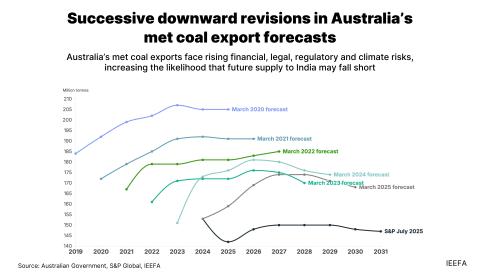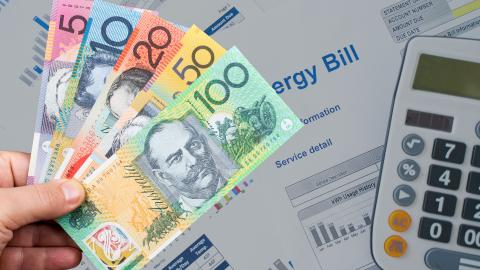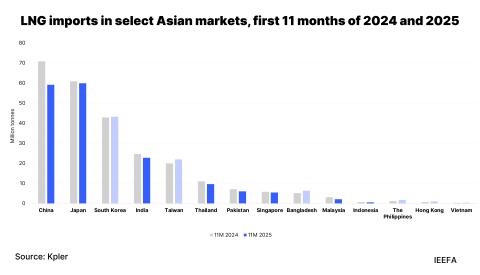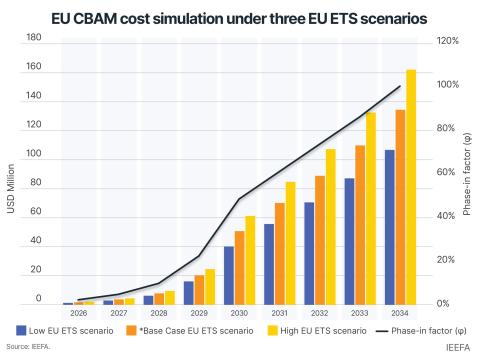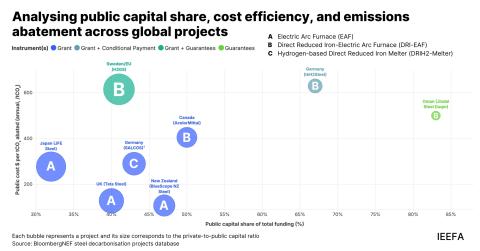What is green budgeting?

Key Findings
At its core, green budgeting ensures that government actions like taxation, spending and investments support environmental objectives like reducing greenhouse gas emissions, conserving natural resources, and promoting renewable energy.
It aligns fiscal policies with national and international environmental commitments, such as the Paris Agreement on climate change and the United Nations Sustainable Development Goals (SDGs).
Transparent reporting mechanisms, such as green budget statements, are developed to track progress and maintain accountability to stakeholders, including citizens, policymakers and international organisations.
Green budgeting is a policy tool that integrates environmental sustainability considerations into fiscal policies and budgetary frameworks. It recognises the crucial role of public finance in addressing climate change, biodiversity loss and other environmental challenges while promoting sustainable economic growth.
What does Green Budgeting involve?
Green budgeting involves assessing, planning, and reporting government expenditure and revenue to promote environmental sustainability. It aligns fiscal policies with national and international environmental commitments, such as the Paris Agreement on climate change and the United Nations Sustainable Development Goals (SDGs).
At its core, green budgeting ensures that government actions like taxation, spending and investments support environmental objectives like reducing greenhouse gas emissions, conserving natural resources, and promoting renewable energy. It shifts the focus from short-term economic outcomes to long-term environmental resilience and sustainable development.
Key Elements of Green Budgeting
Expenditure Tracking: Governments monitor public spending to evaluate how much is directed towards environmental objectives, such as renewable energy subsidies, pollution control programmes or afforestation initiatives.
Revenue Analysis: Tax policies are reviewed to ensure they encourage sustainable practices. For example, green budgeting examines whether carbon taxes or subsidies for fossil fuels align with climate goals.
Policy Alignment: National budgets are assessed to ensure coherence with environmental policies, such as national climate action plans or commitments under international agreements.
Impact Assessment: Green budgeting incorporates environmental impact assessments to evaluate the long-term ecological consequences of proposed expenditure or policies.
Reporting and Accountability: Transparent reporting mechanisms, such as green budget statements, are developed to track progress and maintain accountability to stakeholders, including citizens, policymakers and international organisations.
Why is Green Budgeting Important?
Climate Change Mitigation: Public finances are a powerful lever for driving climate action. By directing funds towards low-carbon technologies, sustainable infrastructure and energy transition projects, green budgeting accelerates emission reduction.
Efficient Resource Allocation: Green budgeting ensures that limited public resources are spent in areas that deliver the greatest environmental and economic benefits, including waste reduction.
Sustainable Development: By prioritising green investments, governments can foster sustainable economic growth that benefits the current and future generations.
Alignment with Global Goals: Green budgeting helps governments meet international commitments such as the Paris Agreement and SDGs, demonstrating leadership on global environmental issues.
Global Examples of Green Budgeting
Several countries have adopted green budgeting practices, demonstrating its versatility and impact. France, a pioneer in green budgeting, developed a comprehensive framework in 2019 to assess how public spending aligns with environmental goals. This framework focuses on critical areas such as climate change mitigation, biodiversity conservation and pollution control. Similarly, Norway leverages green budgeting to monitor its oil and gas revenue, ensuring that investments are directed towards building a low-carbon future. Ireland has also made significant strides by introducing a climate expenditure tagging system, which tracks the environmental impact of its public spending and sets an example for other nations to follow.
Way Forward
To scale up green budgeting, governments should invest in capacity building, establish standardised frameworks and foster collaborations with specialised organisations. Greater use of digital tools and data analytics can enhance impact assessments and reporting. Additionally, integrating green budgeting with participatory governance can ensure broader stakeholder engagement.
This article was first published on Sustainability Karma.






